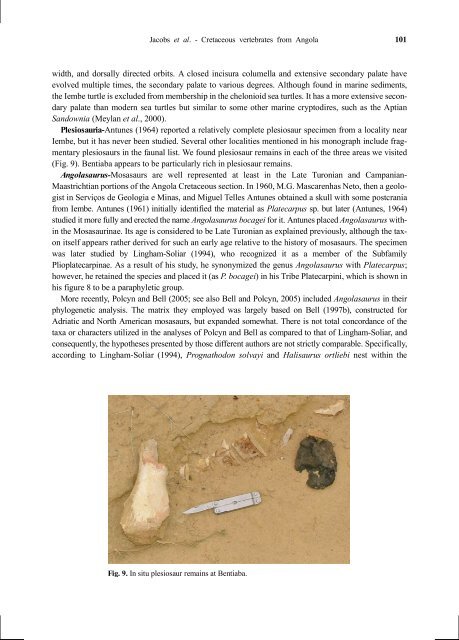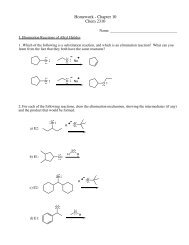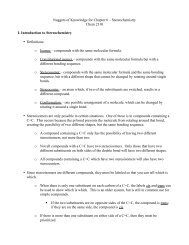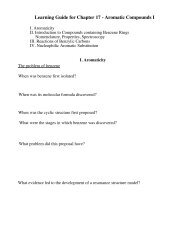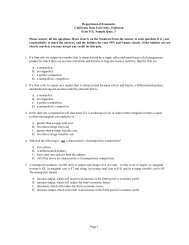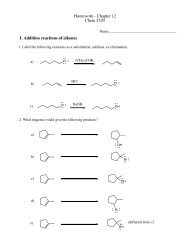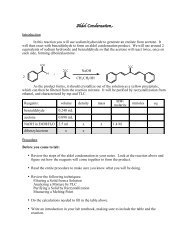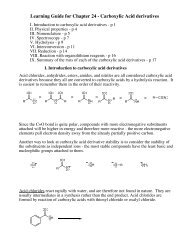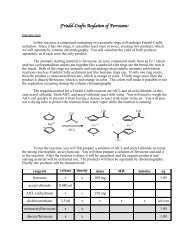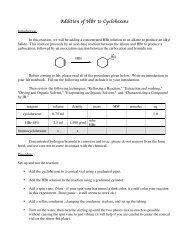the occurrence and geological setting of cretaceous dinosaurs
the occurrence and geological setting of cretaceous dinosaurs
the occurrence and geological setting of cretaceous dinosaurs
- No tags were found...
You also want an ePaper? Increase the reach of your titles
YUMPU automatically turns print PDFs into web optimized ePapers that Google loves.
Jacobs et al. - Cretaceous vertebrates from Angolawidth, <strong>and</strong> dorsally directed orbits. A closed incisura columella <strong>and</strong> extensive secondary palate haveevolved multiple times, <strong>the</strong> secondary palate to various degrees. Although found in marine sediments,<strong>the</strong> Iembe turtle is excluded from membership in <strong>the</strong> chelonioid sea turtles. It has a more extensive secondarypalate than modern sea turtles but similar to some o<strong>the</strong>r marine cryptodires, such as <strong>the</strong> AptianS<strong>and</strong>ownia (Meylan et al., 2000).Plesiosauria-Antunes (1964) reported a relatively complete plesiosaur specimen from a locality nearIembe, but it has never been studied. Several o<strong>the</strong>r localities mentioned in his monograph include fragmentaryplesiosaurs in <strong>the</strong> faunal list. We found plesiosaur remains in each <strong>of</strong> <strong>the</strong> three areas we visited(Fig. 9). Bentiaba appears to be particularly rich in plesiosaur remains.Angolasaurus-Mosasaurs are well represented at least in <strong>the</strong> Late Turonian <strong>and</strong> Campanian-Maastrichtian portions <strong>of</strong> <strong>the</strong> Angola Cretaceous section. In 1960, M.G. Mascarenhas Neto, <strong>the</strong>n a geologistin Serviços de Geologia e Minas, <strong>and</strong> Miguel Telles Antunes obtained a skull with some postcraniafrom Iembe. Antunes (1961) initially identified <strong>the</strong> material as Platecarpus sp. but later (Antunes, 1964)studied it more fully <strong>and</strong> erected <strong>the</strong> name Angolasaurus bocagei for it. Antunes placed Angolasaurus within<strong>the</strong> Mosasaurinae. Its age is considered to be Late Turonian as explained previously, although <strong>the</strong> taxonitself appears ra<strong>the</strong>r derived for such an early age relative to <strong>the</strong> history <strong>of</strong> mosasaurs. The specimenwas later studied by Lingham-Soliar (1994), who recognized it as a member <strong>of</strong> <strong>the</strong> SubfamilyPlioplatecarpinae. As a result <strong>of</strong> his study, he synonymized <strong>the</strong> genus Angolasaurus with Platecarpus;however, he retained <strong>the</strong> species <strong>and</strong> placed it (as P. bocagei) in his Tribe Platecarpini, which is shown inhis figure 8 to be a paraphyletic group.More recently, Polcyn <strong>and</strong> Bell (2005; see also Bell <strong>and</strong> Polcyn, 2005) included Angolasaurus in <strong>the</strong>irphylogenetic analysis. The matrix <strong>the</strong>y employed was largely based on Bell (1997b), constructed forAdriatic <strong>and</strong> North American mosasaurs, but exp<strong>and</strong>ed somewhat. There is not total concordance <strong>of</strong> <strong>the</strong>taxa or characters utilized in <strong>the</strong> analyses <strong>of</strong> Polcyn <strong>and</strong> Bell as compared to that <strong>of</strong> Lingham-Soliar, <strong>and</strong>consequently, <strong>the</strong> hypo<strong>the</strong>ses presented by those different authors are not strictly comparable. Specifically,according to Lingham-Soliar (1994), Prognathodon solvayi <strong>and</strong> Halisaurus ortliebi nest within <strong>the</strong>Fig. 9. In situ plesiosaur remains at Bentiaba.


